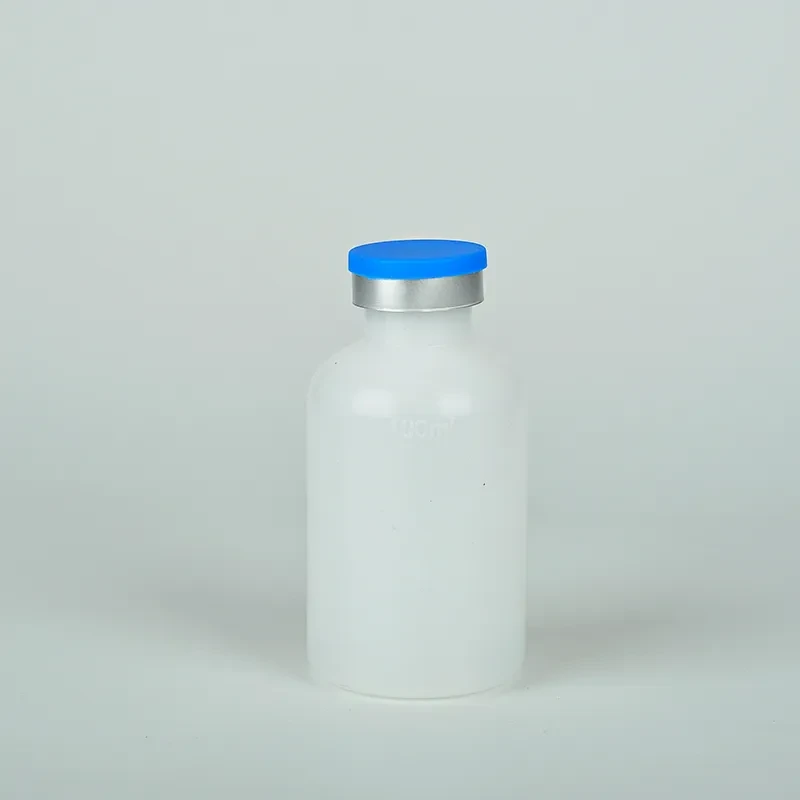https://www.wahmg.com/)">
what is reagent bottle used for
what is reagent bottle used for
What is a Reagent Bottle Used For?
A reagent bottle is a laboratory container specifically designed to store and preserve chemicals and other reactive substances used in scientific experiments. These bottles come in various shapes, sizes, and materials, and each design serves a specific purpose that complements various laboratory practices.
Characteristics of Reagent Bottles
Reagent bottles are typically made of glass or high-quality plastic. Glass bottles are preferred for storing volatile or corrosive chemicals because they are inert and do not react with the contents. Plastic bottles, often made from materials like polypropylene or polyethylene, are lightweight and can resist impact, making them suitable for use in environments where breakage is a concern.
The neck of the reagent bottle is usually fitted with a screw cap or a stopper to ensure a tight seal. This feature prevents contamination of the reagents while protecting the user from exposure to potentially hazardous substances. Some bottles even come with integrated dispensing mechanisms that allow for controlled release of the chemical, minimizing spills and waste.
Applications of Reagent Bottles
Reagent bottles serve a multitude of functions in various scientific disciplines, including chemistry, biology, and environmental science. Here are some common applications
1. Storage of Chemicals The primary use of reagent bottles is to store reagents—substances or mixtures used to carry out chemical reactions. Depending on the nature of the reagents, these bottles allow for the safe storage of acids, bases, solvents, and other chemicals.
2. Transport of Chemicals Reagent bottles are often used to transport sensitive chemicals from one location to another. The secure sealing and robust construction of these bottles ensure that the contents remain intact during transit, minimizing the risk of spills or leaks that can cause safety hazards.
what is reagent bottle used for

3. Preparation of Solutions In many laboratory settings, scientists prepare solutions by diluting concentrated reagents. Reagent bottles with measurement markings can be used to accurately gauge the amount of solvent or solute needed for specific applications.
4. Sampling In environmental science, reagent bottles are commonly used for collecting samples of water, soil, or air for analysis. The materials used in the construction of the bottles help maintain the integrity of the samples, ensuring that they accurately represent the conditions of the environment being studied.
5. Chemical Reaction Some reagent bottles are specifically designed for conducting small-scale chemical reactions. These bottles may include features such as larger necks to accommodate stirring or pipetting, or they may be designed to withstand higher pressures and temperatures.
Importance of Proper Labeling
An essential aspect of using reagent bottles effectively is proper labeling. Each bottle should clearly indicate the contents, concentration, date of preparation, and any hazardous properties. This practice not only enhances laboratory safety but also ensures that the correct reagents are used in experiments.
Laboratories often implement strict protocols for the storage and labeling of reagents to comply with safety regulations and standards. This practice helps prevent accidents and misidentification of chemicals, which could lead to dangerous reactions.
Conclusion
Reagent bottles are indispensable tools in laboratories across various scientific fields. Their design and versatility make them suitable for a wide range of applications, from storing and transporting chemicals to preparing solutions and conducting reactions. The proper use and labeling of reagent bottles are critical for maintaining laboratory safety and ensuring the accuracy of scientific experiments. As industries continue to innovate and conduct research, the role of reagent bottles will remain vital in supporting these endeavors.
-
Wholesale Plastic Juice Bottles with Caps 16 oz Options Available Bulk Packaging SolutionsNewsJun.10,2025
-
Laboratory Apparatus Reagent Bottle – Durable & Chemical Resistant Bottles for Safe StorageNewsJun.10,2025
-
Squeezable Dropper Bottles Durable, Leak-Proof & CustomizableNewsMay.30,2025
-
Affordable Plastic Petri Plates Sterile & Disposable Lab-GradeNewsMay.30,2025
-
Eye Dropper Caps Precision 24/410 & Plastic Bottle-Compatible TipsNewsMay.30,2025
-
Affordable Mini Spray Bottle Price & Wholesale Deals Shop NowNewsMay.29,2025





















